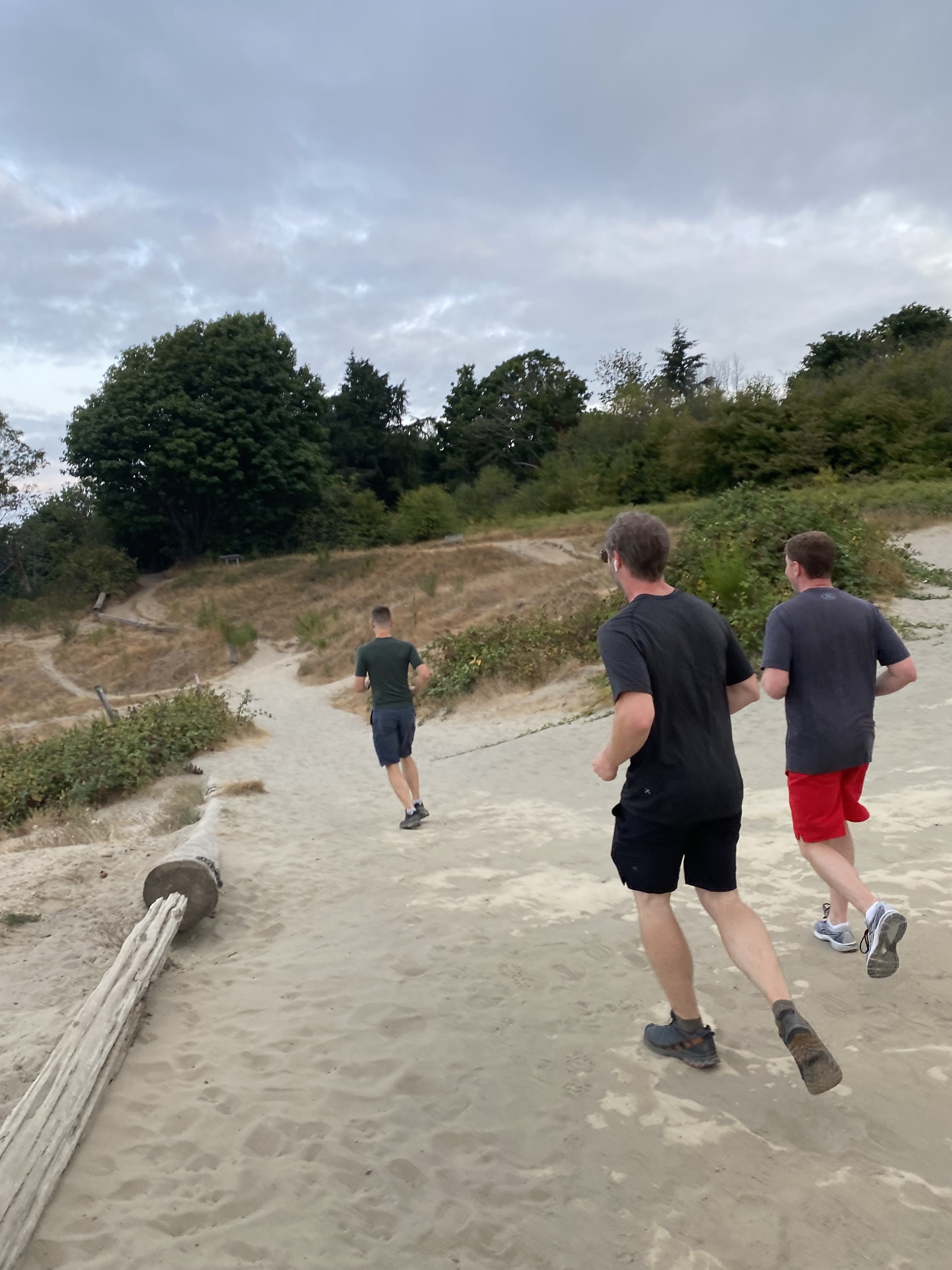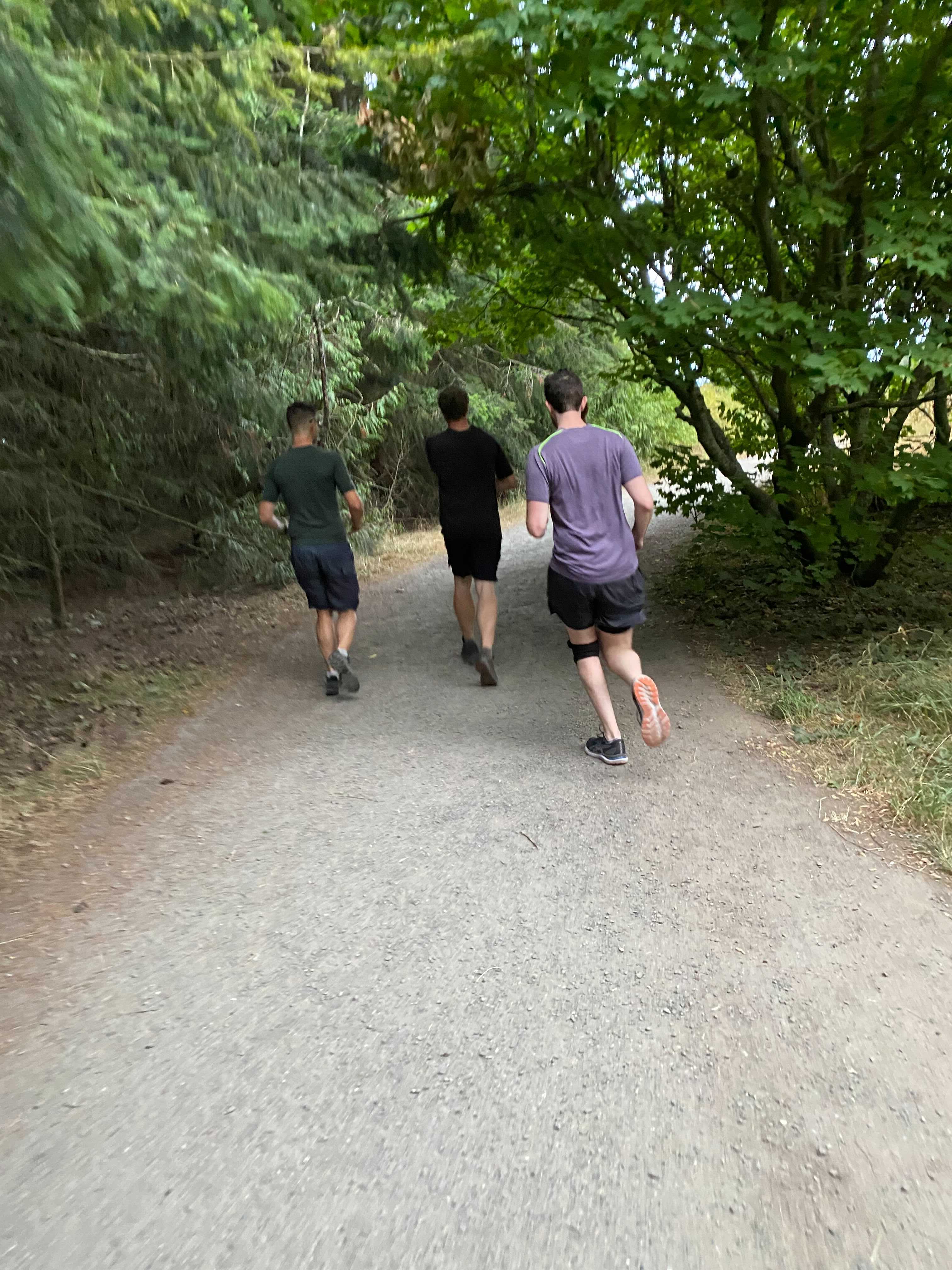When I joined Vendia this past summer I knew I was joining an amazing team. Engineers who convey complex ideas in a readable and digestible way. SAs with deep technical knowledge, customer obsession, and domain expertise. Developer relations experts who empathize with those doing the hard work to bring new products to market and truly exceed customer expectations. Founders who not only see the art of the possible but know how to create it from the ground up at a world-class yet sustainable pace.
I met many of those amazing people at our first ever R&D “onsite” in Seattle a few weeks after joining the company. A few things stood out during our first week working together in-person. First, this isn’t anyone’s first rodeo. We know what great looks like across all aspects of a tech company: from engineering, to product, to sales, to marketing, to experience design, to developer relations, to customer success. Second, because we’re a virtual company, it was the first real opportunity to meet with each other, even for those hired well before me. While we’re very adept at working virtually as a team, we aren’t able to connect outside of work as easily as we might if we worked in a single office/city/state/time zone/country. Which leads to a third point. It takes leadership at all levels to do game-changing, bar-raising product engineering as a purely virtual company. Fortunately for us we have that leadership in spades, which can make it easy to overlook how naturally leadership shows up in our daily interactions.

I observed that inherent leadership first-hand during one of our (optional, early morning) team activities. Our Director of Software Development, Kevin Durdle, organized an early morning run for those of us interested in exploring Discovery Park and getting some exercise before a full day of R&D working sessions. Kevin’s a real runner – the 50+ km ultramarathon type. He knows the Discovery Park trails well and was excited to share this special part of Seattle with the rest of us. As we ran, I picked up on some of Kevin’s leadership tactics. They’re often on display in our standup and operational review meetings but, as I learned, they can also show up on a team run.

What I observed can be applied to team runs, world-class product engineering, or just about any team activity that takes time, effort, and persistence. For those of you who are playing the long game, here are five leadership practices to add to your repertoire.
Set Context and Establish a Shared Vision
Before we got started, Kevin gave us an overview of the park, the trails we’d run, the views, and the obstacles along the way. Starting with a shared understanding and vision got us mentally prepared, even at 6am, before we took a single step. It can be difficult and wasteful to exert large amounts of effort without a clear picture of the journey and the end-state you hope to achieve.
Know Your Team & Provide Off-Ramps
One decision point Kevin prepared each of us for was whether we each wanted to take the “short” or “long” trail. Knowing we were all at different levels of running interest and fitness, Kevin was thoughtful enough to make the run accessible and fun for all of us. Getting the most out of a team is knowing their limits and providing them a safe way to engage in a team sport, whether that’s running a tough trail or writing code in a new language. Leaving choices to your team allows them the autonomy they need to thrive.
Monitor Progress by Observing and Asking Questions
As we progressed from the top of the park to the beach and back to the top again, Kevin watched our pace and checked in frequently along the way. Monitoring team progress implicitly, through passive observation, and explicitly, through active conversation, is an important balance to get right. Too little of the former and too much of the latter can waste oxygen needed for those elevation changes.
Lead Early, Let Others Lead Late
When we began, Kevin led the way and set the pace. It got us off to a great start and let us pay attention to the views instead of the directions. As we continued, and as the elevation changes and rocky beach footing became more prominent, Kevin let others lead the way. Part of knowing your team is knowing how to push them early and support them late. That’s a lesson I learned playing basketball many years ago and it’s one that I was happy to see on display as we hit the final set of stairs leading back to the parking lot.
Enjoy Incremental Successes
For every elevation change, every rocky beach, and every nearly washed out trail, there was a corresponding and stellar view along the way. What appears to be a long and arduous trail (especially if you haven’t been running much during the hot summer months) is more achievable and enjoyable if it’s approached as a series of smaller steps, each with their own milestone. Having built-in rewards along a journey is important, as is enjoying and celebrating incremental successes.

The Discovery Park run was just one of several fun team experiences during our R&D onsite in Seattle. I made it through the “long” trail successfully, albeit with a breather in between staircases on the way back up. The onsite, including the run, confirmed my belief that Vendia is made up of kind people and capable leaders at all levels of the organization. We each bring unique experiences and skills to the team and I know I’ll learn from those around me. Together, I’m confident we’ll realize our long-term goals and also have fun along the way. Join us.


